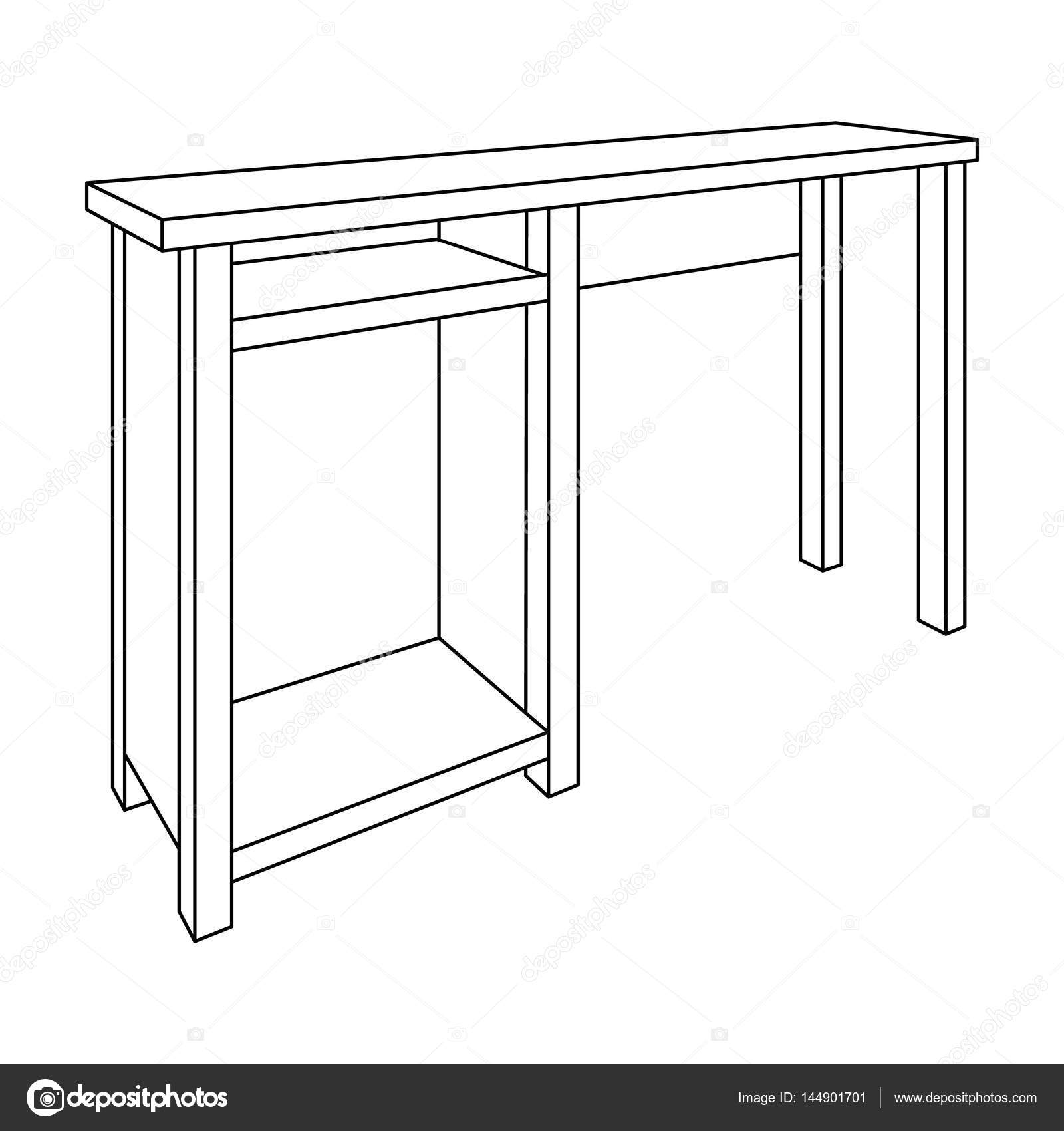Discover The Thrilling Trip Of Recovering Antique Cabinets, Disclosing Surprise Stories And Unlocking The Secrets Of The Past
Discover The Thrilling Trip Of Recovering Antique Cabinets, Disclosing Surprise Stories And Unlocking The Secrets Of The Past
Blog Article
Content Written By-Justice Donnelly
To start the journey of restoring antique cupboards, you need a keen eye for detail. Imagine revealing surprise keys within each layer of background embedded in the timber. Picture the satisfaction of revitalizing a once-forgotten item to its former splendor. Every action of this precise procedure holds the essential to maintaining the past while creating a future treasure. So, are you prepared to embark on this transformative endeavor and unlock the possibility of your antique cabinets?
Evaluating the Closet's Condition
When starting the reconstruction process, start by evaluating the problem of the antique closet. Thoroughly examine the general structure for any type of signs of damage such as splits, chips, or loose joints. Check https://www.forbes.com/home-improvement/bathroom/bathroom-remodel-cost/ for any rot, bending, or insect infestation that might have happened with time. It's important to identify the extent of the reconstruction required prior to continuing further.
Next off, evaluate the closet's hardware such as hinges, handles, and locks. Make note of any kind of missing out on items or parts that need repair work or substitute. Ensure that all equipment is working properly and firmly attached to the cupboard.
In addition, review the cupboard's surface. Seek any type of scrapes, stains, or staining that may influence the visual charm. Figure out if the coating requires to be stripped and reapplied or if an easy touch-up will be sufficient.
Gathering the Required Devices and Materials
After evaluating the condition of the antique cabinet, the next action is to collect the essential tools and materials for the remediation procedure. Before you start, ensure you have the complying with items on hand:
- wood cleaner
- sandpaper in numerous grits
- timber filler
- paint or wood tarnish
- brushes
- gloves
- safety and security goggles
- a dust mask
- a drop cloth
- a putty blade
- a hammer
- a screwdriver
- a hoover
These tools and materials are necessary for a successful repair.
Timber cleaner is crucial for removing years of dust and grime buildup, preparing the surface for fining sand. Sandpaper of various grits aids in smoothing out blemishes and preparing the wood for a new surface. Wood filler is handy for repairing any type of splits, holes, or damages present in the cabinet.
Repaint or wood discolor, together with brushes, permit you to personalize the cabinet to your preference. Keep in mind to use gloves, security goggles, and a dirt mask for security. Lay down a drop cloth to secure your work area, and utilize a vacuum cleaner to tidy up any type of debris.
With these devices and products gathered, you're ready to start the remediation procedure.
Implementing the Repair Refine
To effectively execute the restoration process on your antique cupboard, begin by extensively cleaning up the surface with the wood cleaner. This action is critical as it aids eliminate years of dust, crud, and old gloss that might have built up externally.
Once the cupboard is clean and completely dry, examine the problem of the wood. Try to find fully custom cabinets of splits, scrapes, or various other problems that need to be attended to. Use timber filler to fix any kind of flaws, ensuring to match the filler shade to the wood tone for a smooth coating.
After the repair services have actually dried out, gently sand the entire surface area to develop a smooth and also base for the new finish. Take care not to sand also boldy, as you do not want to damage the wood underneath.
Once the sanding is complete, apply a timber discolor or complete of your selection, complying with the maker's directions. Enable the coating to completely dry completely prior to using a safety leading layer to ensure the long life of your recovered antique closet.
Conclusion
Since you have actually completed the reconstruction procedure, your antique cabinet looks just as good as new.
By adhering to the detailed guide, you had the ability to assess, repair, and boost its problem effortlessly.
With a fresh coating and protective leading layer, your treasured piece will certainly remain to radiate for many years to come.
Appreciate the elegance of your restored antique cupboard!
